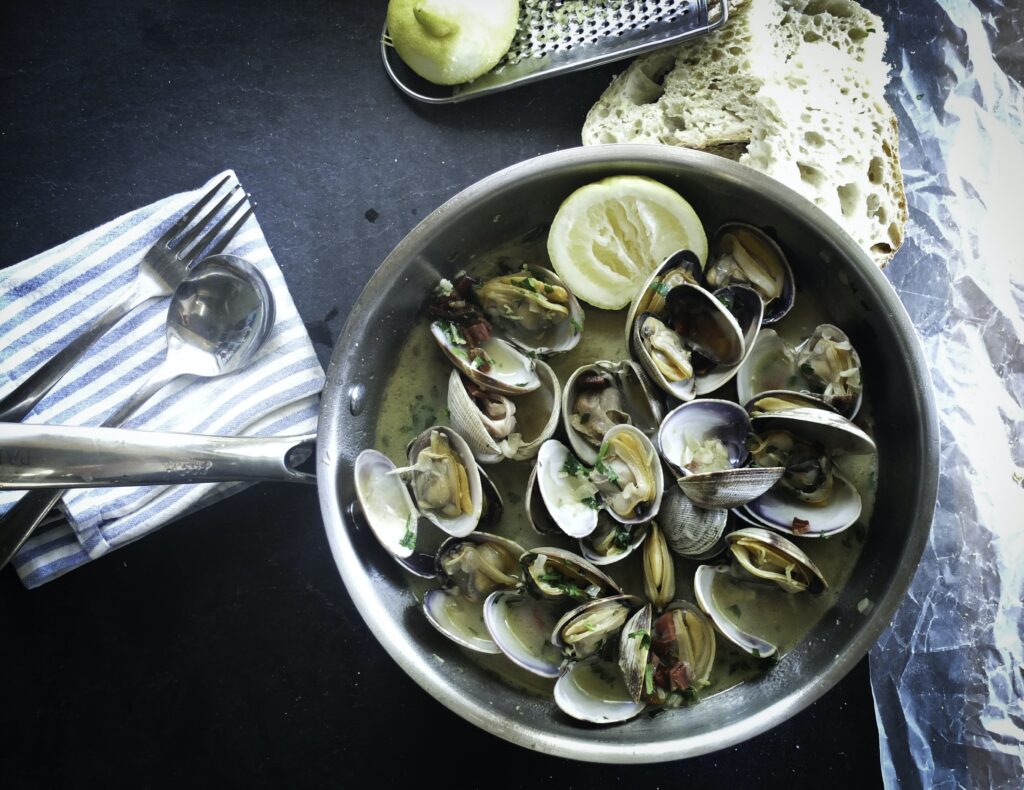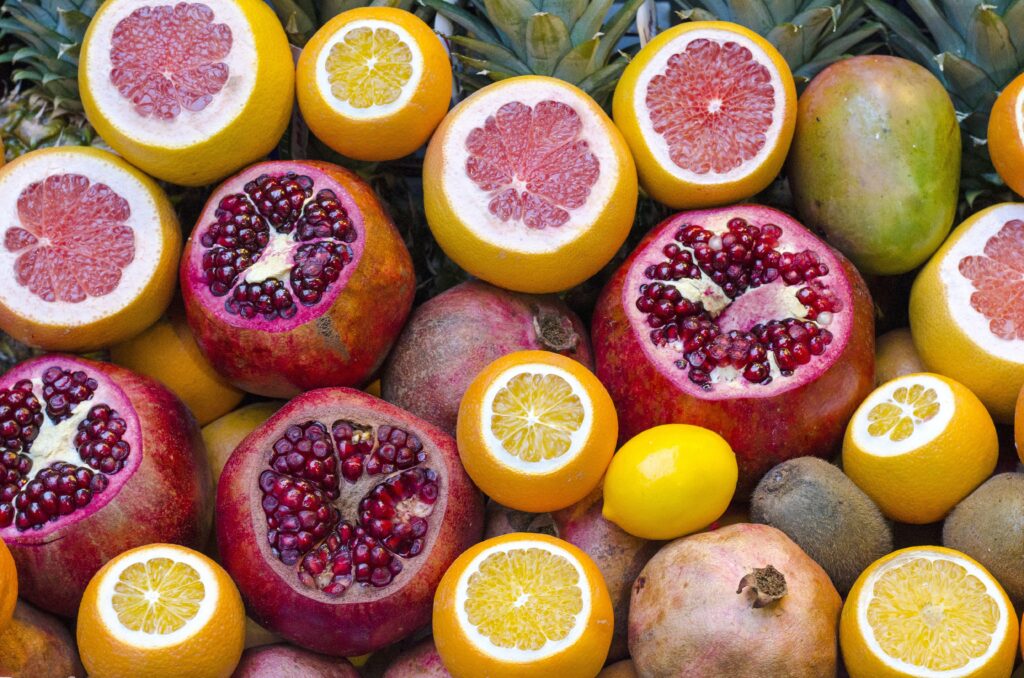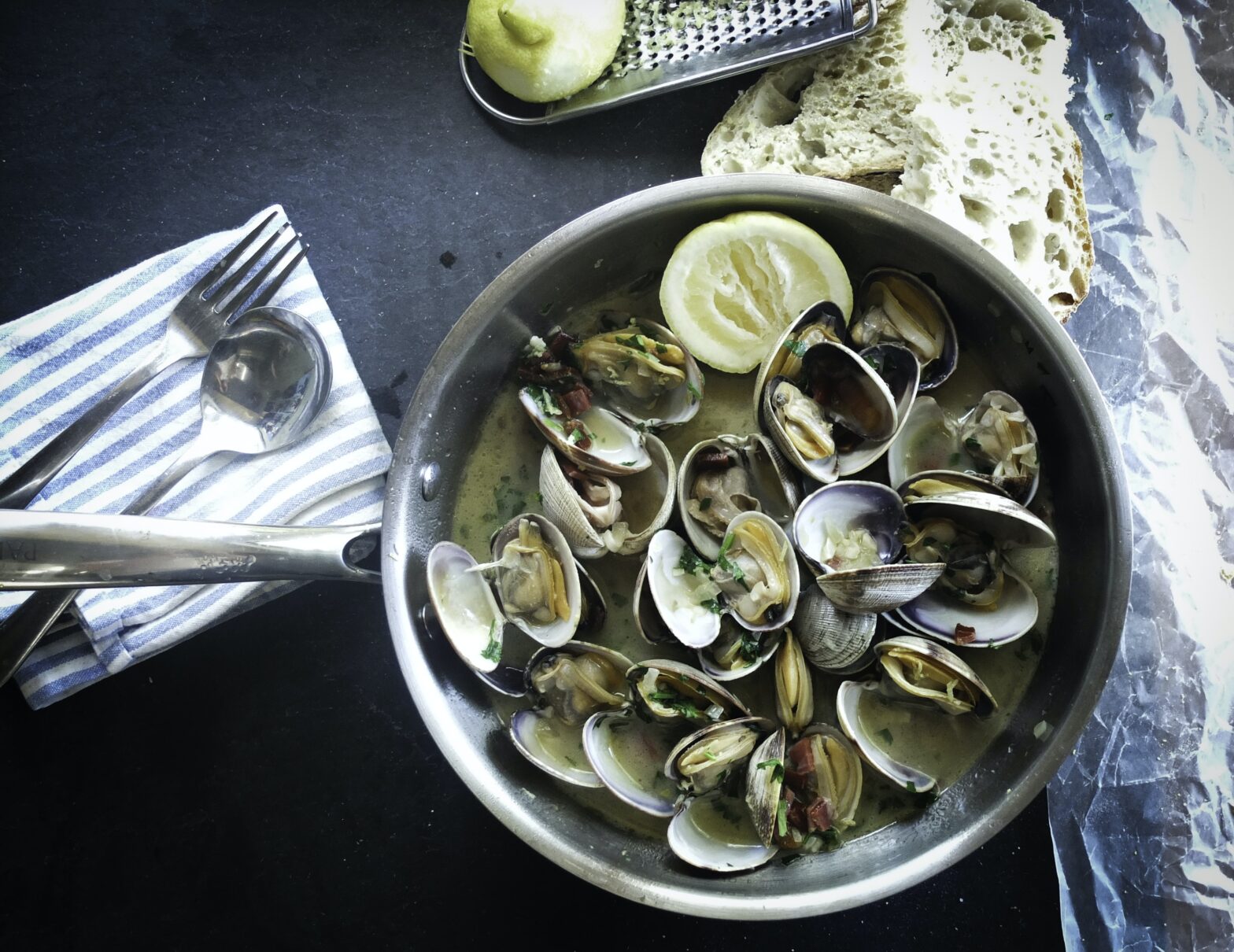India’s decision to ban rice exports has sent shockwaves through the global food supply chain. As one of the largest rice-producing countries in the world, India’s export ban is expected to impact food prices and availability worldwide. The ban is a response to the worsening economic conditions brought on by the COVID-19 pandemic, as the Indian government prioritizes domestic consumption and food security. This article explores the potential consequences of India’s rice export ban on the global food market and raises concerns about the future of food accessibility for countries heavily reliant on Indian rice imports.

Read more about the cooking news
Introduction
India, one of the world’s largest and most important rice producers, implemented an export ban on rice in response to the COVID-19 pandemic. This decision has raised concerns about the potential impact on global food supply and international rice trade. In this article, we will examine the background of India’s rice production, the reasons behind the export ban, and the ramifications for both global and domestic food security. Additionally, we will explore the alternative rice suppliers and the government’s response to address food security concerns. Furthermore, we will discuss the environmental considerations associated with rice production and the future outlook for the lifting of the export ban.
Background
Overview of India’s rice production
India is the second-largest producer of rice globally, accounting for a significant share of the world’s rice production. With a diverse climate and fertile land, the country has favorable conditions for rice cultivation. Various regions across India, such as Punjab, West Bengal, and Andhra Pradesh, contribute to its substantial rice output. The country produces a wide range of rice varieties, including basmati rice, which is highly sought-after in international markets.
Importance of rice in global food supply
Rice plays a crucial role in the global food supply, serving as a staple food for a significant proportion of the world’s population. It is a primary source of calories and nutrients for many people, particularly in Asia and parts of Africa. As a relatively inexpensive and versatile crop, rice is consumed by millions as a main dish or an accompaniment to other foods. Therefore, any disruption in rice production or trade can have far-reaching consequences for global food security.
Factors leading to India’s rice export ban
The COVID-19 pandemic has had a profound impact on the global economy, including the agriculture sector. India, like many other countries, faced challenges in ensuring food security for its citizens. As a result, the government implemented an export ban on various commodities, including rice, to prioritize domestic needs. The ban aimed to ensure an adequate food supply for India’s population amidst the uncertainties caused by the pandemic. Additionally, factors such as logistical disruptions, labor shortages, and increased demand within the country contributed to the decision to halt rice exports.

Read more about the cooking news
Impact on Global Food Supply
Decreased availability of rice in international markets
India’s rice export ban has significantly reduced the availability of rice in international markets. As a major player in the global rice trade, the absence of Indian rice has created a supply gap that other countries struggle to fill. This drop in availability has resulted in increased competition among rice-exporting nations and has put additional strain on their production capacities.
Rice price volatility
The reduced supply of rice in international markets has triggered a surge in rice prices. The scarcity of Indian rice, combined with increased demand due to panic-buying and stockpiling, has led to price volatility. Rice-importing nations are now faced with higher procurement costs, which can strain their national budgets and impact the affordability of rice for their citizens.
Potential increase in global food prices
The interconnectedness of the global food system means that disruptions in one country’s agricultural exports can have a ripple effect on the overall global food prices. The export ban on Indian rice, coupled with other production and trade disruptions caused by the pandemic, could lead to an increase in global food prices. This increase may disproportionately affect vulnerable populations in regions heavily reliant on rice as their primary food source.
Impact on food security in vulnerable regions
The scarcity and rising cost of rice resulting from India’s export ban pose significant challenges for regions that heavily rely on rice imports for their food security. Countries in Southeast Asia, Africa, and the Caribbean, which are net importers of rice, are particularly vulnerable to the impact of the export ban. The sudden decrease in rice availability can exacerbate existing food security issues, leading to hunger and malnutrition among populations already struggling with poverty and limited access to nutritious foods.
Effect on International Rice Trade
Disruption of established trade partnerships
India’s export ban has disrupted established trade partnerships between the country and its regular rice-importing counterparts. Importing nations that relied on India as a primary source of rice have been forced to seek alternative suppliers, which can be a challenging process. The sudden shift in trade dynamics has strained relationships and created uncertainty in the global rice trade.
Challenges for rice-importing countries
Rice-importing countries now face numerous challenges as they attempt to secure alternative sources of rice. The process of identifying new suppliers, negotiating favorable contracts, and ensuring consistent quality and delivery poses significant hurdles for these nations. Furthermore, the higher procurement costs resulting from the export ban can strain their already limited resources and budgets.
Shift in global rice trade dynamics
The export ban has catalyzed a shift in the dynamics of the global rice trade. Rice-exporting countries such as Thailand, Vietnam, and Cambodia have experienced increased demand for their rice as importing nations seek to fill the gap left by India. This increased demand presents an opportunity for these countries to expand their market share and strengthen their position in the global rice trade.

Alternative Rice Suppliers
Exploring other major rice-exporting countries
With India out of the picture, rice-importing nations are turning to other major rice-exporting countries to meet their demands. Thailand, Vietnam, and Cambodia are among the top contenders in this scenario. These countries have a well-established rice export industry and can ramp up production to fill the void left by India. However, the increased demand can put pressure on their production capacities and domestic food security.
Potential limitations and challenges
While other major rice-exporting countries can partially offset the decrease in availability caused by India’s export ban, they may face limitations and challenges. These challenges include logistical constraints, competition for resources, and potential disruptions in their own production and supply chains due to the ongoing pandemic. Additionally, the specific rice varieties and qualities produced by these countries may not perfectly match the preferences and requirements of importing nations.
India’s Domestic Food Security
Reasons behind the export ban
The export ban on rice in India was primarily driven by concerns over domestic food security. The government believed that prioritizing the availability and affordability of rice for its citizens was crucial during the pandemic. The ban aimed to address potential shortages and prevent panic-buying, ensuring a stable food supply for the Indian population.
Ensuring food availability and affordability for Indian citizens
By implementing the export ban, the Indian government aimed to ensure sufficient rice stocks within the country, thereby securing food availability for its citizens. The ban allowed the government to focus on domestic demand first and prevent a scarcity of rice in the local market. Moreover, keeping rice prices stable and affordable was another important factor in ensuring food security for the population.
Impact on India’s domestic rice market
While the ban prioritized domestic food security, it also had implications for India’s domestic rice market. The absence of exports created a surplus of rice within the country, which impacted domestic prices. Farmers faced challenges in selling their produce, leading to lower incomes and potentially affecting their livelihoods. Additionally, the surplus may have put a strain on storage and warehousing facilities, requiring additional infrastructure and investments.
Government’s Response
Policy measures to address food security concerns
The Indian government has implemented various policy measures to address the concerns surrounding food security. These measures include promoting domestic rice production, increasing procurement from farmers, and expanding storage infrastructure. The government has also introduced initiatives to enhance agricultural practices, including the adoption of technologies and the provision of financial assistance to farmers.
Rice stockpiling and distribution programs
To ensure a consistent supply of rice at affordable prices, the government has initiated rice stockpiling and distribution programs. These programs aim to maintain strategic reserves of rice within the country, which can be utilized during emergencies or periods of food shortage. The distribution programs prioritize vulnerable populations and aim to provide subsidized rice to those in need.
Environmental Considerations
Impact of rice production on water resources
Rice production is a water-intensive agricultural activity. Paddy fields require significant amounts of water for irrigation, which can strain local water resources. In India, the export ban indirectly addresses this concern by reducing outsourced rice production, thereby potentially alleviating the pressure on water resources. However, sustainable water management practices need to be emphasized to ensure water efficiency and minimize the environmental impact of rice farming.
Reducing water usage in rice farming
Efforts are being made to reduce water usage in rice farming through the adoption of alternate cultivation methods and technologies. System of Rice Intensification (SRI) is one such method that focuses on reducing water consumption while increasing rice productivity. SRI techniques involve transplanting younger seedlings in widely spaced rows and using intermittent irrigation. These practices can contribute to water conservation and enhance the sustainability of rice cultivation.
Exploring sustainable rice cultivation methods
In addition to reducing water usage, sustainable rice cultivation methods can promote environmental sustainability in the long term. Practices such as organic farming, integrated pest management, and efficient fertilizer use can minimize agrochemical inputs and reduce the potential negative impacts of rice cultivation on the environment. By adopting these methods, India can contribute to global sustainability efforts while ensuring food security for its citizens.
Future Outlook
Potential lifting of the export ban
The export ban on rice is expected to be temporary, with the potential for its eventual lifting as the pandemic situation improves. Once the immediate concerns over domestic food security are addressed, the Indian government may gradually ease the restrictions on rice exports. However, the timing and extent of any potential lifting of the ban will depend on a variety of factors, including the global food supply situation, domestic agricultural production, and the overall pandemic response.
Long-term implications for global food supply
The export ban on Indian rice highlights the vulnerability of global food supply chains in the face of external shocks and emergencies. It serves as a reminder of the need for diversification and resilience in global agricultural systems. The long-term implications include the exploration of alternative supply sources, the development of strategic reserves and emergency response plans, and the promotion of sustainable farming practices to enhance global food security.
Conclusion
India’s export ban on rice has created significant disruptions in the global food supply and international rice trade. The decreased availability of rice, rising prices, and challenges faced by rice-importing countries underscore the importance of a resilient and diversified global food system. While alternative rice suppliers are stepping in to fill the void left by India, challenges and limitations exist. The ban’s impact on India’s domestic rice market and the government’s response to address food security concerns are crucial considerations. Sustainable rice cultivation methods and the potential lifting of the export ban offer hope for the future. The global community must work together to ensure a stable and secure rice supply while addressing the environmental challenges associated with rice production.

маркетплейс аккаунтов купить аккаунт с прокачкой
биржа аккаунтов площадка для продажи аккаунтов
магазин аккаунтов социальных сетей маркетплейс аккаунтов соцсетей
магазин аккаунтов профиль с подписчиками
маркетплейс аккаунтов https://prodat-akkaunt-online.ru/
купить аккаунт аккаунт для рекламы
маркетплейс аккаунтов купить аккаунт с прокачкой
Accounts market Buy accounts
Website for Buying Accounts Account Buying Platform
Gaming account marketplace Account Selling Platform
Account Market Accounts for Sale
Website for Selling Accounts Account Store
Sell Account Ready-Made Accounts for Sale
Buy Pre-made Account Account Trading
Secure Account Purchasing Platform Verified Accounts for Sale
Account Buying Platform Account Selling Service
Sell Account Account Market
purchase ready-made accounts account sale
account selling platform gaming account marketplace
account buying platform account store
website for selling accounts buy and sell accounts
account exchange sell accounts
account sale account trading
sell accounts guaranteed accounts
account trading platform https://accountsmarketdiscount.com/
accounts marketplace account buying platform
account selling platform account trading platform
purchase ready-made accounts buy accounts
account exchange buy pre-made account
account market accounts marketplace
buy accounts database of accounts for sale
gaming account marketplace account selling platform